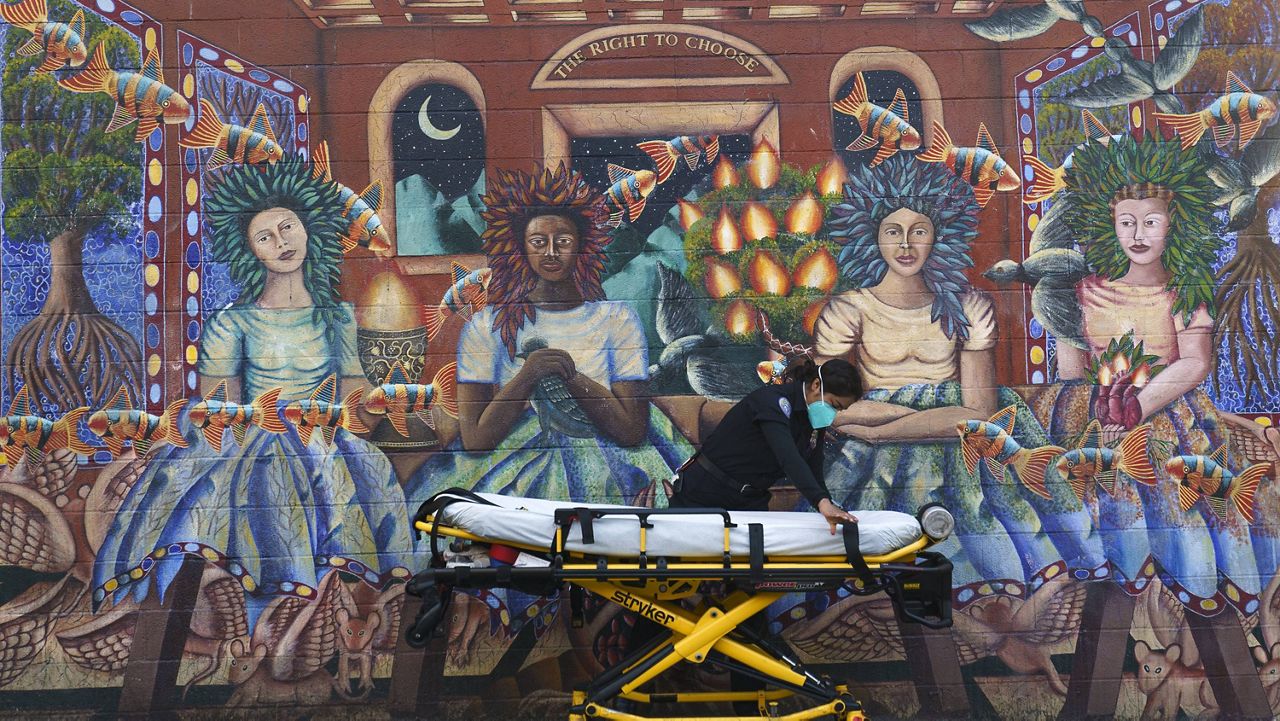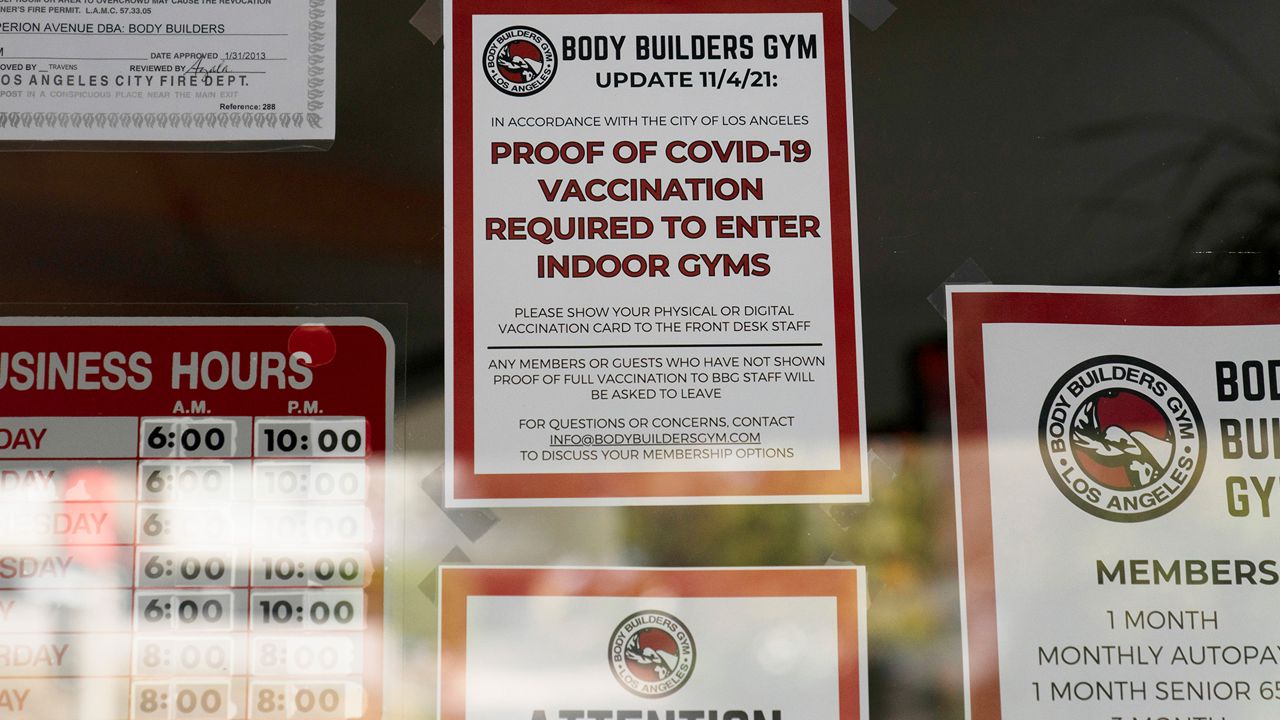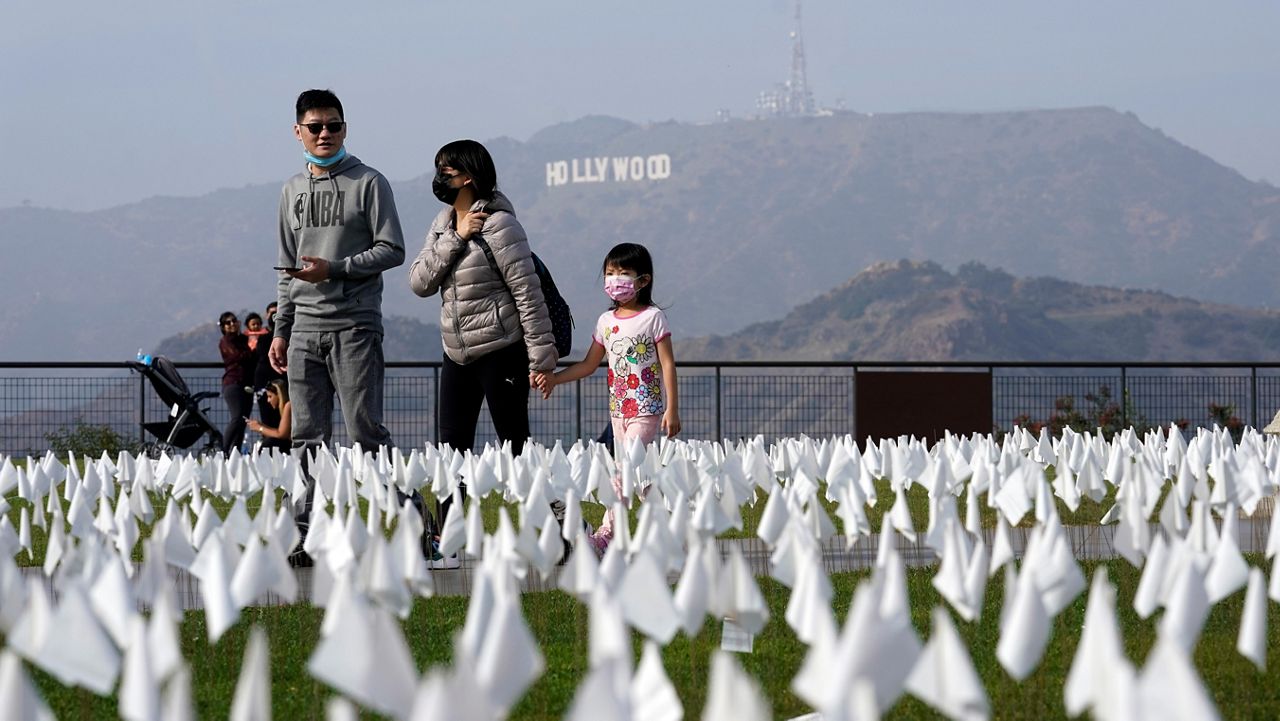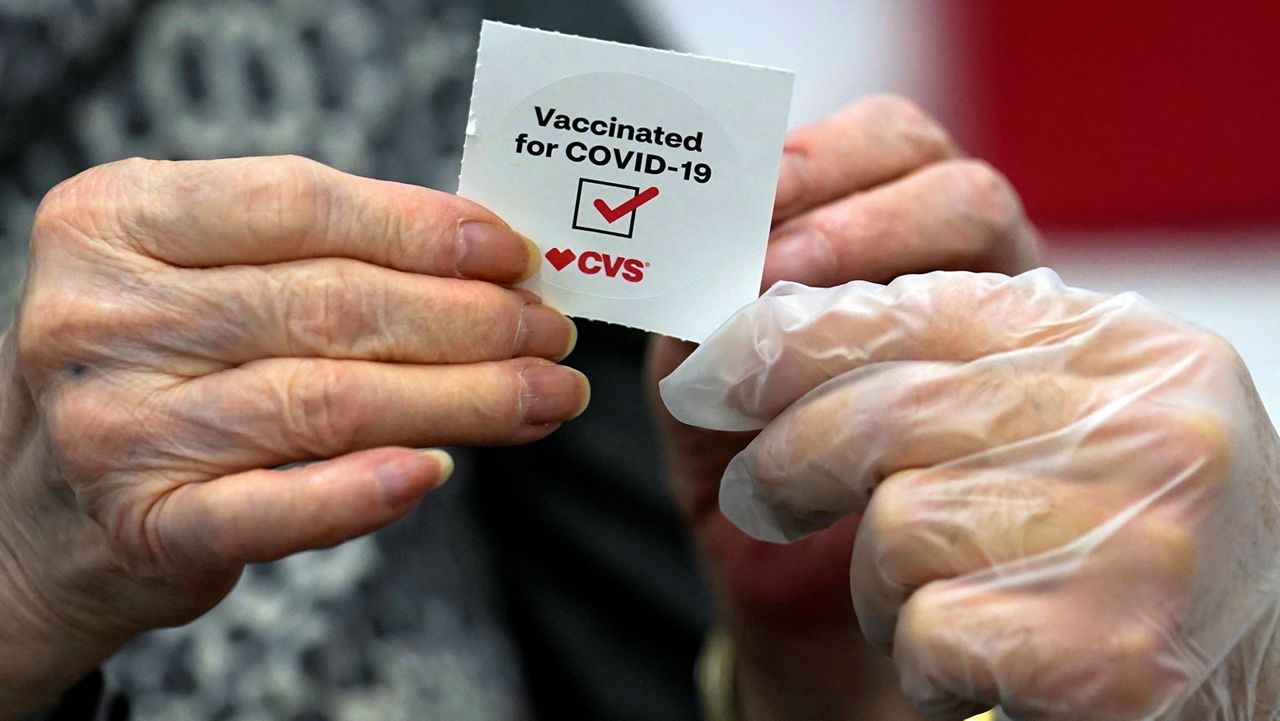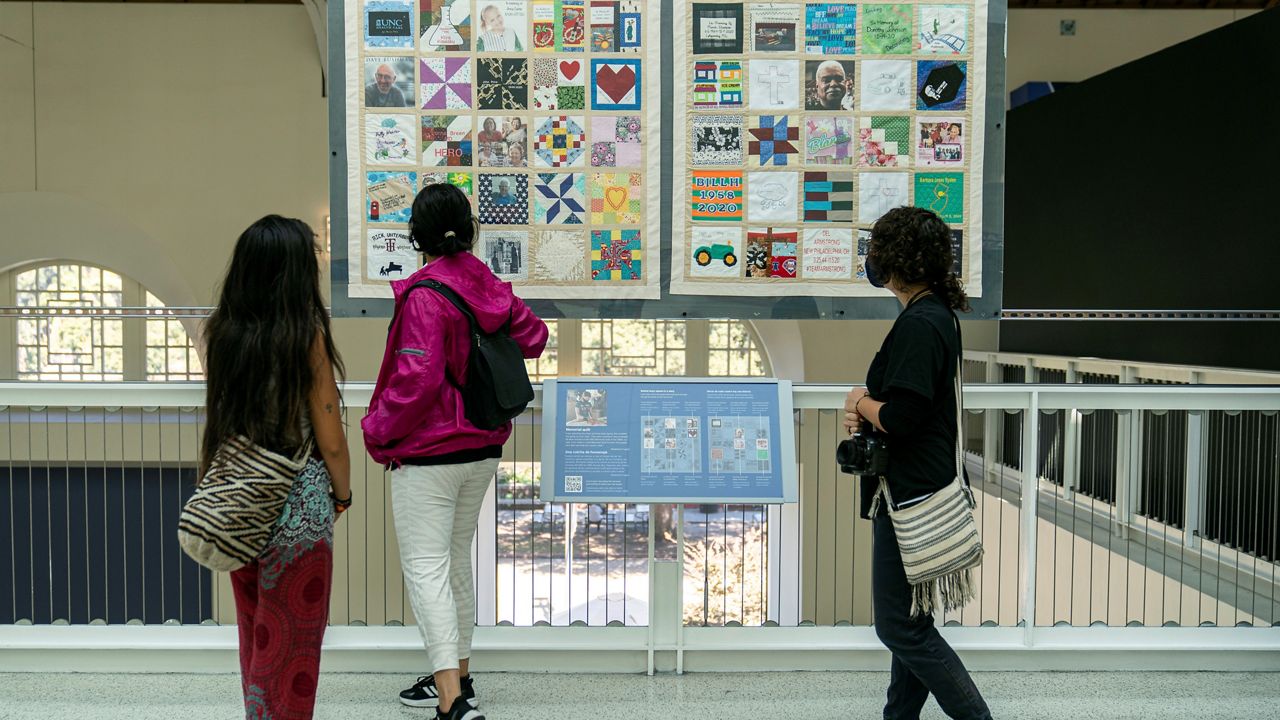LOS ANGELES (CNS) — The COVID-19 death toll continued its sharp rise Wednesday, with Los Angeles County again reporting more than 200 additional fatalities and health officials warning that while hospital admissions have leveled off slightly, medical centers are still overwhelmed a post—Christmas surge lies ahead.
What You Need To Know
- L.A. County Public Health Director Barbara Ferrer confirmed another 11,841 new cases of COVID-19
- Ferrer also announced another 258 coronavirus-related deaths Wednesday
- County Health Services Director Dr. Christina Ghaly said hospitals continue to be slammed with COVID patients
- There were 573 total non-ICU beds available in a county of 10 million people
"Hospitalizations are likely to increase for at least three weeks to come, and deaths will also remain disturbingly high," county Public Health Director Barbara Ferrer said.
Ferrer announced another 258 coronavirus-related deaths Wednesday, among the highest daily numbers of the entire pandemic. Long Beach health officials reported 20 new fatalities Wednesday, while Pasadena added one more. The new fatalities raised the countywide death toll from the virus to 11,349.
Ferrer also confirmed another 11,841 new cases, while Long Beach announced 1,032 and Pasadena 243, lifting the total from throughout the pandemic to 853,440.
The current average of people testing positive for the virus in the county is now more than 22%. The cumulative positivity rate from throughout the pandemic is 17%.
According to the state, there were a record-high 8,098 people hospitalized with COVID-19 in the county as of Wednesday, including 1,628 in intensive care units. The county's 70 "911-receiving" hospitals with emergency rooms have a total licensed capacity of about 2,500 ICU beds, although in recent weeks they have implemented surge plans and staffed a daily average of about 3,000 ICU beds.
The county Department of Health Services reported Wednesday a total of 44 available ICU beds in the county, only about half of them adult ICU beds. There were 573 total non-ICU beds available in a county of 10 million people.
"Today I'm more troubled than ever before, and in part, my concern is rooted in the reality that it will take so much more for us to slow the spread, given the high rate of community transmission," Ferrer said. "During the summer surge, one in 10 people who tested were positive. Today, one in every four or five people getting tested is positive. When so many people are positive, the need for precautions significantly increases."
County Health Services Director Dr. Christina Ghaly said hospitals continue to be slammed with COVID patients.
"The number of new patients with COVID-19 requiring hospitalization each day in Los Angeles County has increased markedly in the past few weeks, but it's now appearing to level off somewhat," she said. "This likely reflects relatively less transmission in a period after Thanksgiving and the first couple of weeks of December."
But she warned that leveling off is not a cause for celebration, noting that hospitals will soon begin seeing an anticipated swell of patients caused by gatherings over the Christmas and New Year's holidays.
"If that transmission did increase over Christmas and New Year's, we'll start to see those hospitalizations and case counts rise, and that (transmission rate) is really actually much higher. And that flattening of the number of the new hospitalizations really should not be interpreted that transmission and spread is stopping."
The California Department of Public Health issued a new public health order Tuesday that requires some non-essential and non-life-threatening surgeries to be delayed in counties that have an ICU capacity of 10% or less and that are located in a region with an overall adjusted 0% capacity. That includes Los Angeles, San Diego, Orange, Riverside, Imperial, and San Bernardino counties.
The order will remain in effect for at least three weeks.
"If we continue to see an alarming increase of COVID-19 patient admissions at hospitals statewide, some facilities may not be able to provide the critical and necessary care Californians need, whether those patients have COVID-19 or another medical condition," said Dr. Tomas J. Aragon, state public health officer. "This order helps ensure that patients continue to receive appropriate medical services by better distributing available resources across the state to prevent overwhelming specific hospitals, counties and regions."
The order also requires hospitals to accept patient transfers from medical centers that have become so overwhelmed with patients that they enact crisis care standards. As of Wednesday morning, there were no hospitals in Los Angeles County that have made such a declaration.
"Hospitals continue to be inundated with COVID patients," Ghaly said. "While the numbers are plateauing somewhat, they're doing so at a rate that is well above a point of comfort for all hospitals, particularly when we're facing another potential surge in the next couple of weeks."






